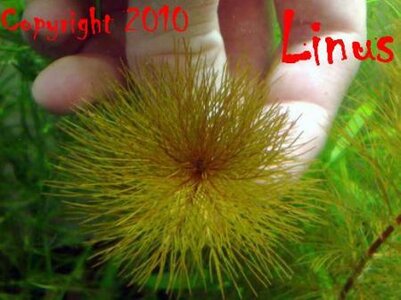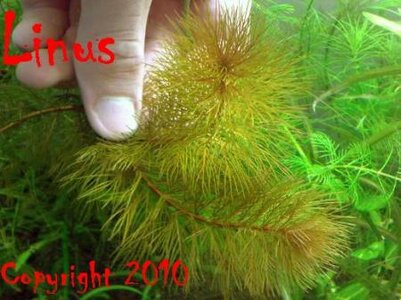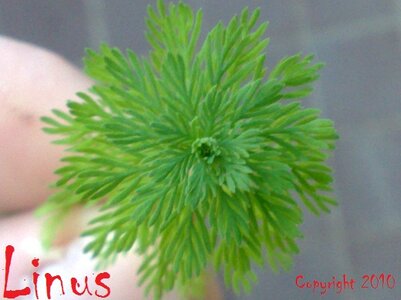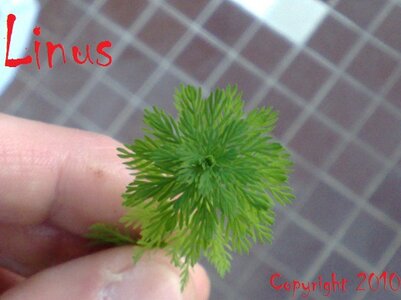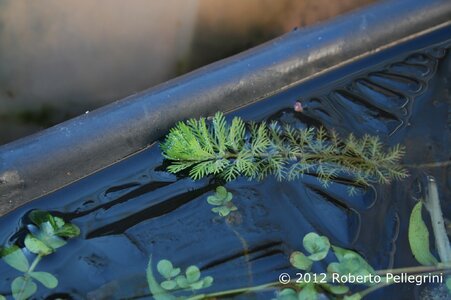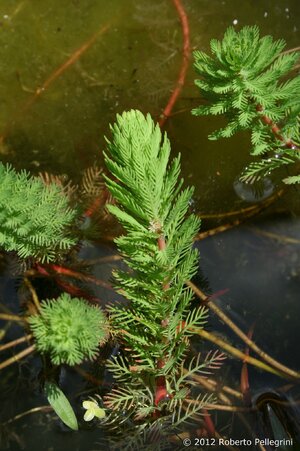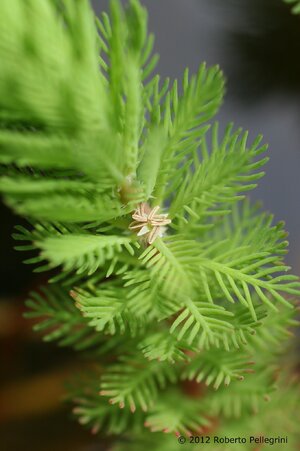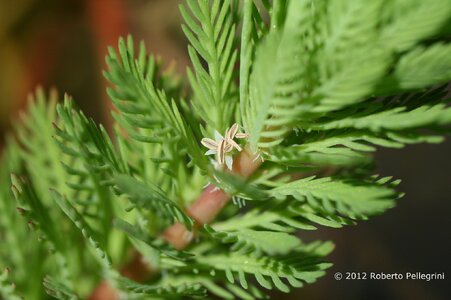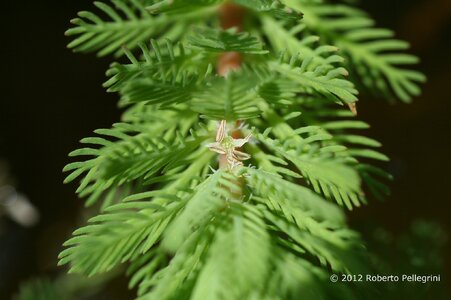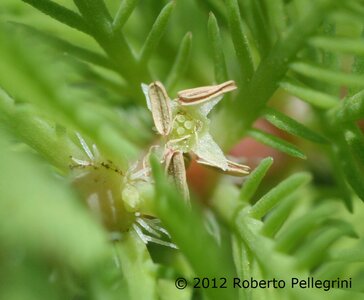Myriophyllum sp. "Roraima"
- Ersteller linus87
- Erstellt am
Ähnliche Themen
Ähnliche Themen
-
-
Biete Cryptocoryne nurii und Myriophyllum sp. "Roraima"
- Gestartet von NiMu02
- Antworten: 0
-
-
Myriophyllum rubricaule (M. cf. aquaticum "Red Stem")
- Gestartet von Heiko Muth (Sumpfheini)
- Antworten: 0
-
Cryptocoryne Hobbit, parva, Green Gnome, petchii, Bucephalandren, Ludwigia, Myriophyllum, Micranthemum, Bolbitis
- Gestartet von KaMa
- Antworten: 1
-
Biete 3 Bund Myriophyllum sp. "Guyana" + 1 Bund Hygrophila polysperma aus Rückschnitt
- Gestartet von Steffen W.
- Antworten: 0
-
Myriophyllum mattogrossense sp. Golden/White
- Gestartet von andreas91
- Antworten: 0
-
Myriophyllum mattogrossense löst sich von unten her auf
- Gestartet von Damian
- Antworten: 5
-
-
-
-
-
Myriophyllum mattogrossense wächst schlecht
- Gestartet von Walhaifänger
- Antworten: 4
-
-
Myriophyllum sp. "Guyana"
- Gestartet von Heiko Muth (Sumpfheini)
- Antworten: 21
-
Amanos und Tausendblatt ( Myriophyllum mattogrossense )
- Gestartet von nani1983
- Antworten: 3
-
-
Myriophyllum ussuriense
- Gestartet von Heiko Muth (Sumpfheini)
- Antworten: 0
-
-

